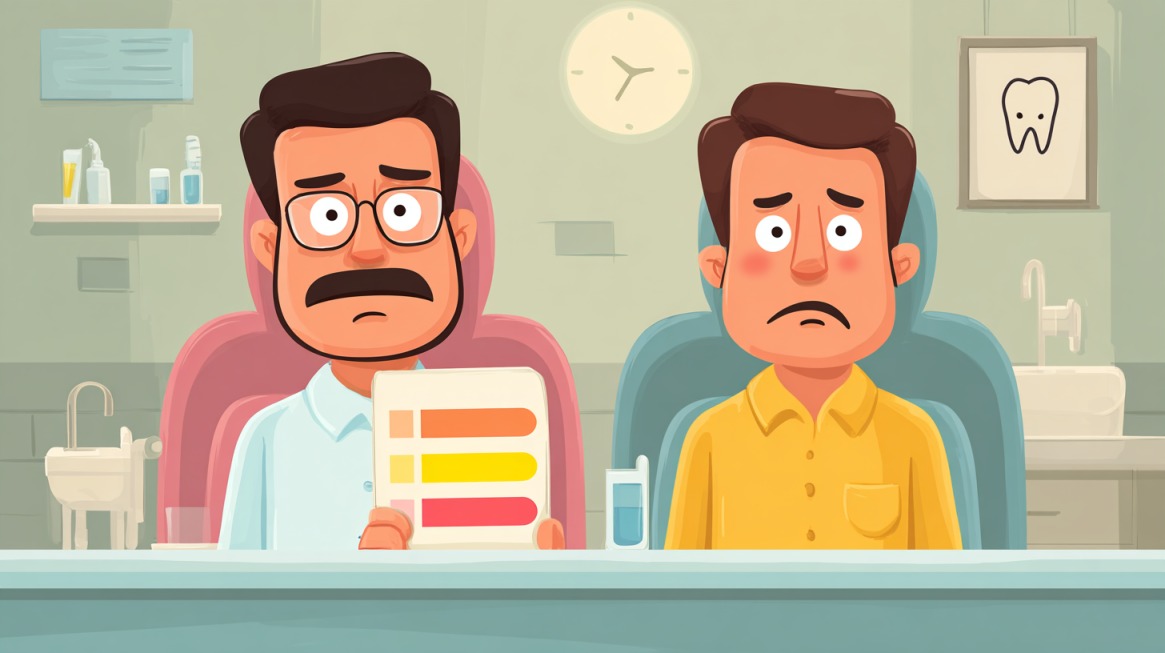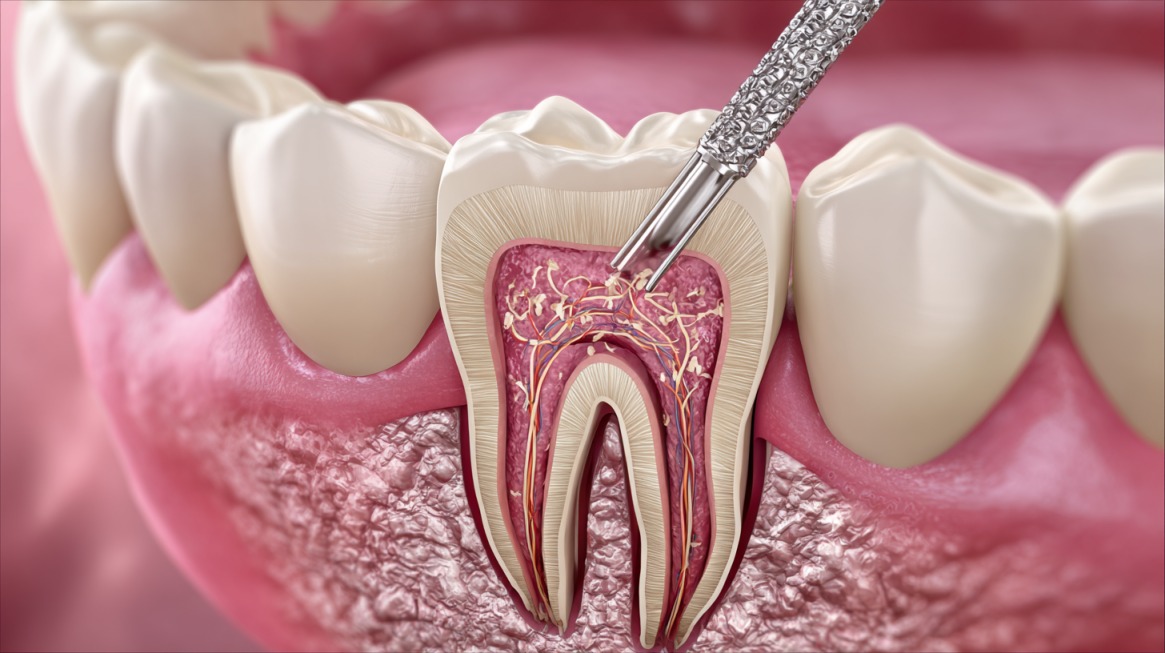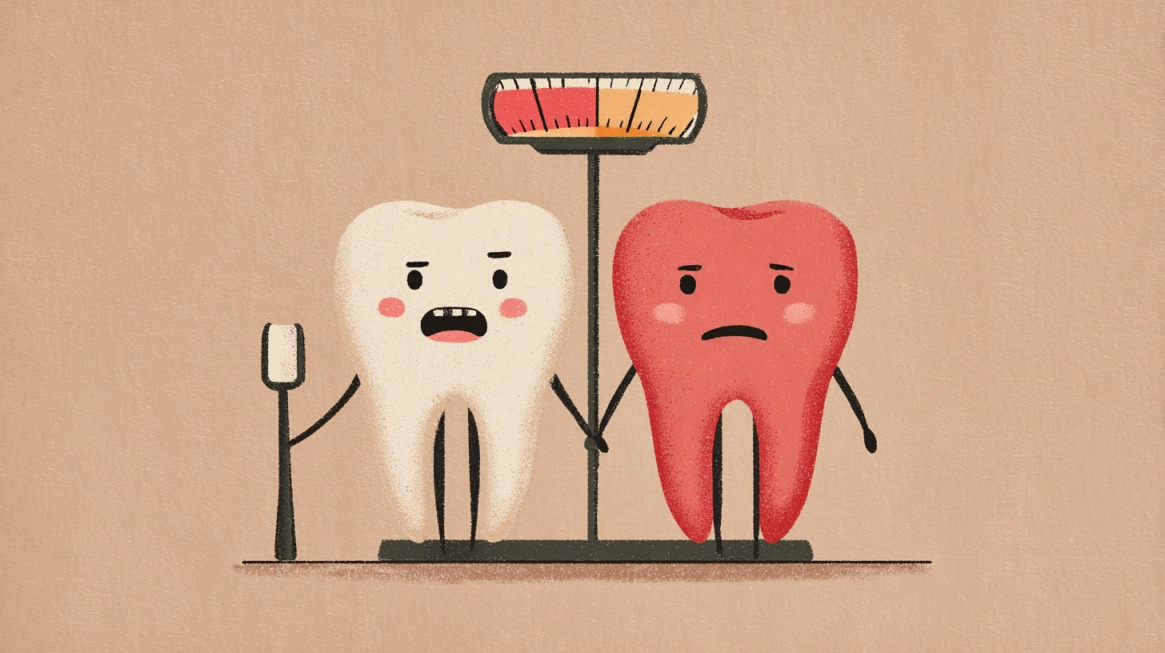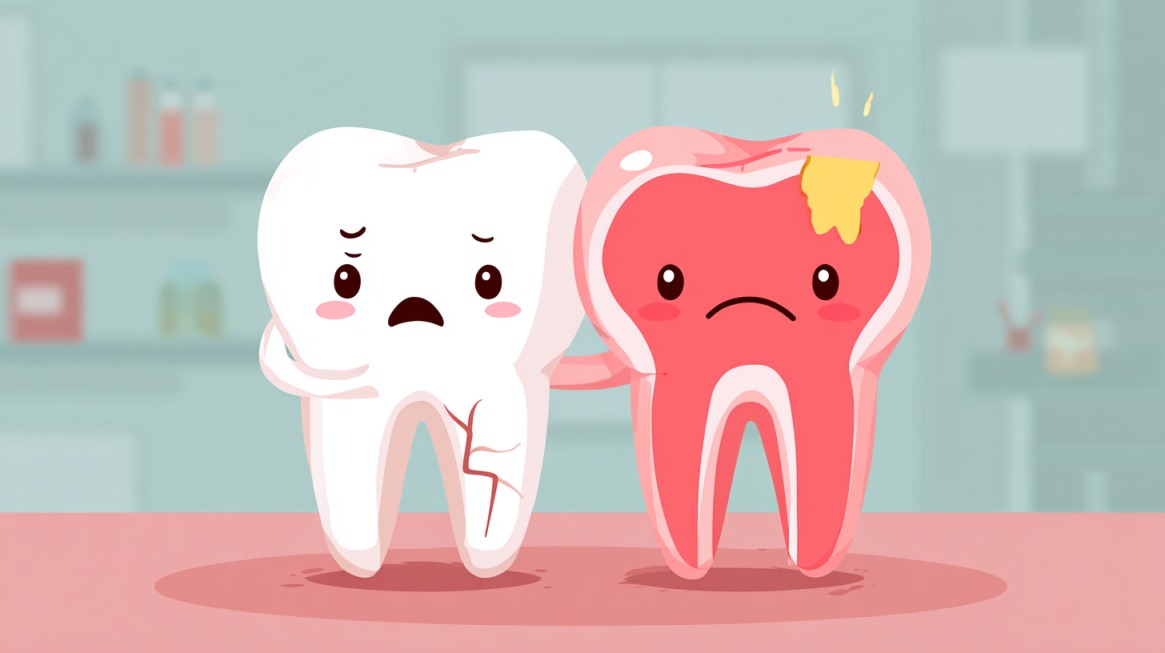When comparing pain between a tooth extraction and a filling, the experience depends on the individual, the complexity of the procedure, and the dentist’s skill.
Both procedures are done under local anesthesia, so pain during treatment is usually minimal. Fillings are more common and often cause only mild sensitivity afterward.
Extractions, while less frequent, tend to have a longer recovery and more post-procedure soreness.
Advances in anesthesia and techniques mean many patients report little to no pain during extractions, though discomfort during healing is normal. Fillings may leave temporary sensitivity, especially if the cavity is deep.
Overall, extractions generally involve more recovery discomfort than fillings, but both are manageable with proper care and medication. Regular checkups and good oral hygiene can help reduce the need for either procedure.
The Pain Scale: Tooth Extraction vs Filling

When facing dental procedures, understanding the different levels of discomfort can help you prepare better. Your experience with tooth extraction pain and filling pain can vary based on several factors.
Factors Affecting Pain Perception
Individual pain tolerance plays a significant role in how you perceive dental pain. Anxiety levels can also heighten your sensitivity to pain.
Additionally, the specific tooth being treated influences the intensity of discomfort you may feel.
Role of Local Anesthesia in Both Procedures
Local anesthesia is crucial in minimizing tooth extraction pain and filling pain. It numbs the area, allowing you to undergo the procedure with reduced discomfort.
Effective anesthesia ensures that the comparison of what hurts more filling or extraction becomes less daunting.
Immediate vs Long-term Discomfort
Immediately after a filling, you might experience mild sensitivity, which typically subsides within a few days. In contrast, tooth extraction pain can last longer, especially if the extraction was complex.
Understanding these differences helps set realistic expectations for your recovery.
| Procedure | Immediate Pain | Recovery Time | Common Discomforts |
|---|---|---|---|
| Tooth Extraction | Moderate to High | 2-3 days for initial healing | Swelling, bruising, prolonged pain |
| Filling | Low to Moderate | 1-2 days for sensitivity to decrease | Mild sensitivity, slight discomfort |
What Really Happens During a Tooth Filling Procedure
When you visit Northside Dental Clinic for a tooth filling, you might feel anxious about the filling procedure pain. Rest assured, the process is designed to minimize any discomfort you might experience.
First, your dentist will examine the affected tooth to determine the extent of decay. Local anesthetic is applied to numb the area, ensuring you feel little to no pain during the procedure.
Once numb, the dentist uses a drill to remove the decayed portion of the tooth, which is where some tooth filling discomfort might occur.

After removing the decay, the cavity is cleaned thoroughly.
- Composite Resin: Tooth-colored and blends naturally with your teeth.
- Amalgam: Durable and less expensive, though more noticeable.
- Gold: Long-lasting but requires multiple visits and is highly visible.
The chosen material is then placed into the cavity and shaped to match your bite. Finally, the filling is polished to ensure smoothness. While some sensitivity after the procedure is normal, it typically fades quickly.
Most patients experience minimal filling procedure pain, allowing you to return to your daily activities shortly after your appointment.
The Complete Guide to Tooth Extraction Pain and Recovery

Undergoing a tooth extraction can feel overwhelming, but understanding the process can make it easier. Proper tooth extraction recovery ensures a smooth healing journey.
Types of Tooth Extractions
There are two main types of extractions: simple and surgical. Simple extractions are straightforward, while surgical extractions involve more complexity, such as removing impacted wisdom teeth.
Recovery Timeline
Healing after a tooth extraction varies but typically follows a predictable timeline:
| Day | Activity |
|---|---|
| 1-2 | Manage pain with OTC medications and apply ice packs. |
| 3-7 | Swelling decreases; begin gentle rinsing with warm saltwater. |
| 1-2 Weeks | Fully reintroduce solid foods and resume normal oral hygiene. |
Keep in mind that there are possible headaches after the extraction, which can last up to 5-7 days!

Warning Signs During Healing
- Excessive bleeding
- Severe pain or throbbing
- Signs of infection, such as pus or fever
- Prolonged swelling beyond the first week
When to Contact Your Dentist
- If you experience uncontrolled bleeding
- Severe or worsening pain
- Symptoms of infection
- Persistent swelling or dry socket
Conclusion: Making an Informed Decision About Your Dental Care
When deciding between a tooth extraction and a filling, it’s important to know the difference.
Extractions are done when a tooth is too damaged or decayed to save. They remove the problem entirely but involve a recovery period. Fillings, on the other hand, are a conservative option that repairs cavities while keeping the natural tooth intact, preserving both function and appearance.
Pain levels vary by person, but modern anesthesia makes both procedures relatively comfortable. Regular dental checkups often allow issues to be caught early, making fillings more likely than extractions.
Talking with your dentist can help you choose the best option for your long-term oral health.

